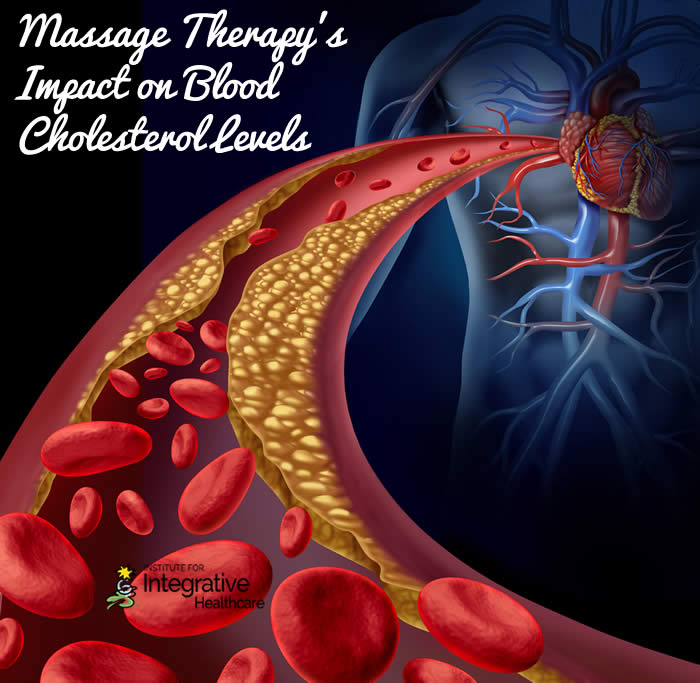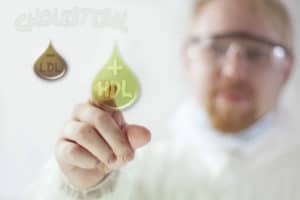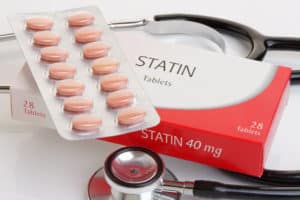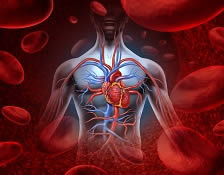

Cholesterol is a lipid-based component that performs many vital functions within the body. Regulating cellular osmosis and membrane transportation, aiding in nerve conduction, and synthesizing vitamin D and steroid hormones are amongst these functions. The body ideally contains 35 grams within the blood stream. (1)
We only need about 300 mgs of cholesterol intake from our daily diet. According to My Food Data online, foods which increase overall cholesterol levels include:
- fast food restaurant items
- liver
- fatty meats such as bacon
- canned shrimp
- dessert foods
- eggs
- and dairy items. (2)
As we explore this topic, it is important to note there are two different types of cholesterol:
High Density Lipoprotein (HDL) and Low Density Lipoprotein (LDL).

- Often called the “good cholesterol,” HDL plays an important role transporting fatty acids and similar elements to the liver to be processed. This clears lipid deposition within arteries.
- The harmful cholesterol, LDL, pulls lipids towards the arterial walls, lipids accumulate along arterial walls leading to conditions such as atherosclerosis and thrombi development. (3)
Can Massage Therapy Impact Blood Cholesterol Levels?
There is virtually no research regarding massage therapy’s effects on blood cholesterol levels directly conducted by American researchers. Any studies found were discovered when examining archives of Asian health-related journals. There were a couple of research articles referencing bodywork efforts to support lowering cholesterol.
Sharon Truelove, writing for Clary Sage College, summarized a Japanese study “The Effects of Massage Therapy on the Immune, Hematological and Psychological State of Adult Subjects” by Kuriyama Watanabe, et al, from the Japanese Journal of Complimentary and Alternative Medicine from 2005. Ms. Truelove reports from this study that Anma Massage, a traditional Japanese style preluding Shiatsu massage, was determined to lower cholesterol levels when these were measured 25 minutes post massage. (4)
The Journal of Korean Society of Fashion and Beauty in 2004 published a research item entitled “The Effect of Massage Therapy and Exercise Therapy on Body Composition and Blood Cholesterol in Obese Women” in 2004, indicating that overall cholesterol levels dropped significantly when massage therapy was added to exercise routines. (5)
The Journal of Obesity & Metabolic Syndrome (Jomes) based in Korea published a research item in 2003 highlighting the addition of Aromatherapy based massage within obesity management programs. A significant reduction was witnessed with both total and LDL cholesterol levels, along with other improved weight-related markers. (6)
The Korean Journal of Cosmetics, Dermatological Sciences and Applications featured a research article in 2019 indicating a combination of hand massage with extracorporeal shockwave therapy, traditionally used for tendinopathy injury treatment, can also positively impact serum cholesterol levels. Reduced body weight and abdominal circumference were also significantly improved in study participants. (7)
Healthy-Ojas, a website devoted to offering holistically themed content, describes offering reflexology to aid patients with high cholesterol. The article concludes that adding reflexology techniques to target endocrine glands will augment a massage session to bolster blood chemistry in combatting high cholesterol levels. The article acknowledges bodywork alone cannot accomplish this goal; a combination of changes in lifestyle and dietary factors must be utilized to further efforts of improved metabolism and aiding organs most affected by cholesterol. (8)
Acupuncturists propose acupoints upon the body that aid in general metabolic aid for blood cholesterol levels. (9) Points that will assist this goal include:
- Liver 3 point (Tai Chong) within the depression distal to the 1st and 2nd metatarsal bones
- Large Intestine 4 point (Hoku) within the webbing between the thumb and first digit
- Large Intestine 11 point (Qu Chi) upon the lateral edge of anterior elbow crease
- Liver 14 point (Qi Men) below nipple upon 6th intercostal space
Surveying the research, massage in combination with other dietary, lifestyle and holistic treatments such as acupuncture or reflexology can have a beneficial effect of lowering blood cholesterol levels.
Modalities that support this goal will be Hand massage, Reflexology, Shiatsu, Acupressure and Aromatherapy infused into massage media. Essential oils which have a stimulating effect within the body include rosemary, ginger, spearmint, bergamot and citrus oils. (10)
Cholesterol Medications & Massage Considerations

When working with clients taking medications to lower cholesterol there are considerations to recall. The most common drug class for patients trying to lower cholesterol will be statin drugs. This includes Lipitor, Lescol, Livalo, Lovastatin, Zocor, Crestor and Pravachol. Typically, these drugs attempt to inhibit your body from producing cholesterol and/or reduce plaques within arterial walls due to cholesterol accumulation.
A client taking these drugs should always consult with their doctor about possible complications with other drugs taken. Common side effects of statin drugs may include intestinal damage, liver damage and muscle inflammation. Memory loss and confusion was reported by some patients. Rarely seen, an onset of high blood pressure or Diabetes Mellitus (type 2) has been noted in clinical trials. Doctors suggest avoiding consuming any food or drink with grapefruit because this will make it harder for the body to utilize statin medications. (11)
Typically, statin drugs are administered at night due to that most of these drugs possess a short half-life (less than 6 hours). The half-life of a drug pertains to how long it takes for a drug to lose half of its effectiveness.
When offering circulatory massage, remember that circulatory efforts will enhance a drug’s effectiveness within the blood stream. Find out the drug’s half-life and base your massage appointment time with this number in mind. For example, Lescol has a half-life of 3 hours, so a client taking this drug at 5pm could safely receive a massage at 8pm.
Ensure your massage oil does not contain grapefruit extracts. Have your client inform you a day or two afterwards, if possible, of new cholesterol readings to determine if the massage treatment made a significant impact. I encourage therapists to perform case studies with clients of this nature to create more research around this topic.












